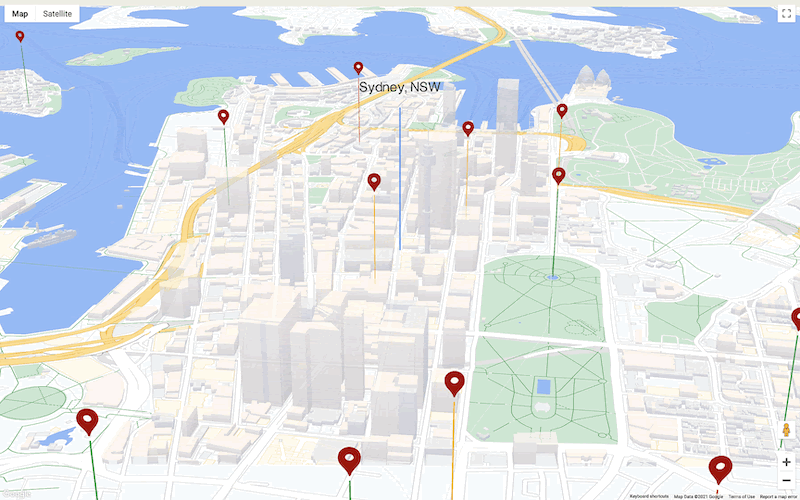
The pandemic brings location back into focus
The Corona crisis forces us to rethink physical space and our knowledge of it. Hot spots, distances, propagation, extent and proximity. Suddenly we have to consciously think about the "where" of it.
It has become essential for us to know which places pose the greatest risk of infection, where we can go shopping and which hospital has free intensive care beds. People want to know where to buy masks and where rapid tests are carried out. Our safety depends on knowing the geographical context. At the same time, we feel how our radius is limited by curfews and how we (have to) start thinking more locally again. Holidaymakers are no longer asked about their destinations, friends in different countries are beginning to compare where it would be better to live during this time.
wired.com has published an insightful article about this. The author David Wolman draws the conclusion: "The spatial realities of Covid-19 are changing how we live and forcing us to see the world through where-tinted glasses. Yet the pandemic’s most valuable lesson, should we finally be willing to receive it, is that the very concept of elsewhere is a fiction. It is naive to think of other places as disconnected from our own geography, our own lives. Where matters–absolutely. But it’s also true that we all live right here. Together."





